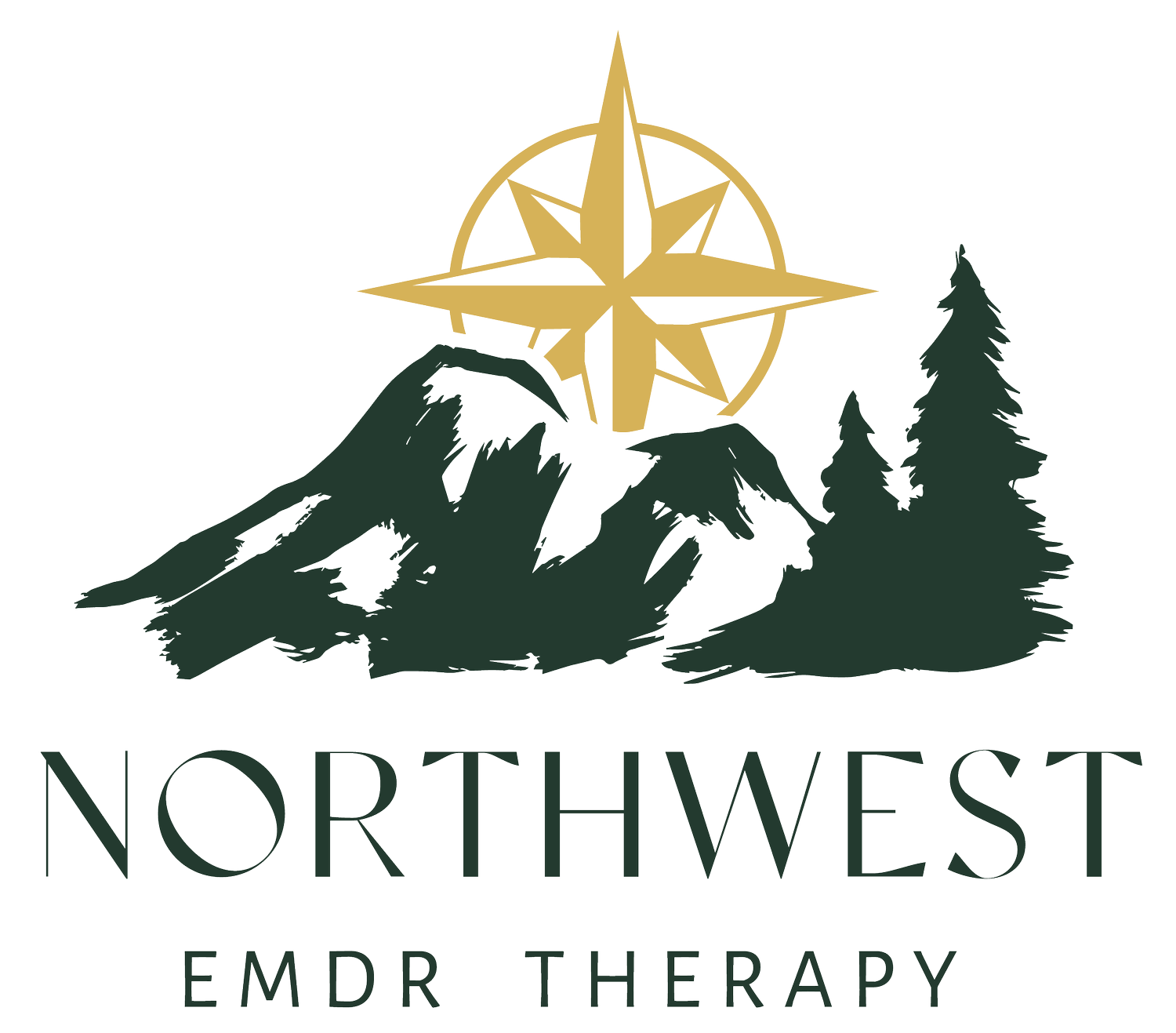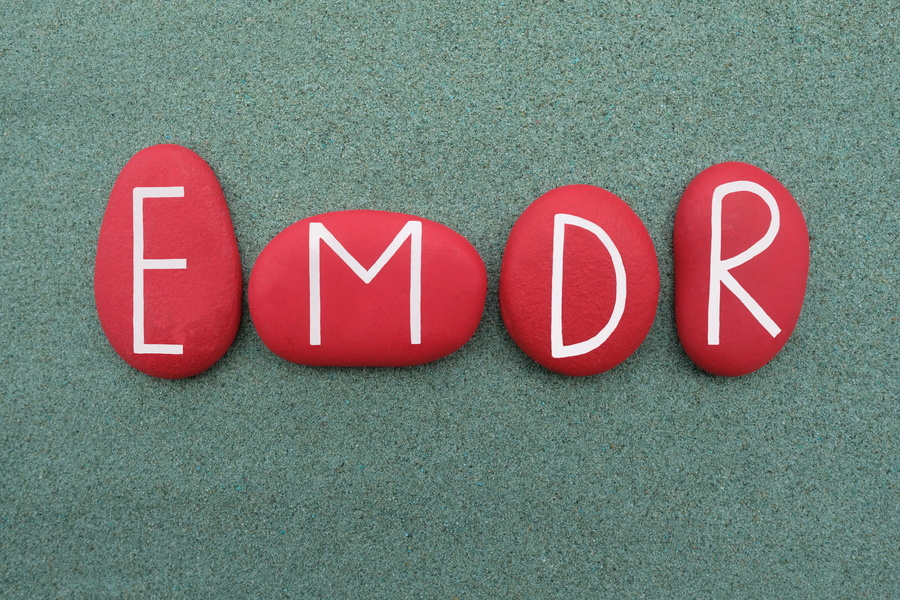Imagine if there were a therapy designed to accelerate healing from traumatic experiences, anxiety, and other psychological disturbances, effectively cutting down the treatment time. Imagine if this therapy worked with your brain’s natural healing mechanisms to ease distress and promote recovery. Now, stop imagining because such therapy exists – it’s called EMDR, or Eye Movement Desensitization and Reprocessing. And when this powerful approach is applied intensively, the results can be even more transformative.
Welcome to our comprehensive guide on EMDR Intensives. We’ll delve deep into what EMDR Intensives are, how they work, who can benefit from them, and much more. Whether you’re a therapist interested in offering EMDR Intensives or someone who’s considering undergoing this therapy, this guide is for you. So, buckle up and get ready for a deep dive into the world of EMDR Intensives, a cutting-edge approach to expedited healing and recovery.
What Are EMDR Intensives?
EMDR Intensives are an innovative approach to the traditional Eye Movement Desensitization and Reprocessing therapy, often referred to as EMDR. This approach was developed to help individuals process traumatic memories, reduce symptoms of post-traumatic stress disorder (PTSD), and enhance overall psychological health. The goal of EMDR is to change the way these traumatic memories are stored in the brain, thereby reducing and often eliminating associated distress.
So, how does an EMDR Intensive differ from a traditional EMDR session? The answer lies in the format and frequency of the therapy sessions. In a traditional EMDR therapeutic model, individuals typically attend one session per week, lasting around 60 to 90 minutes. On the other hand, EMDR Intensives are conducted in extended, often multiple sessions over a shorter period. For instance, you may have several hours of therapy per day over a few consecutive days.
EMDR Intensives offer an accelerated treatment option. The concept is to dive deeper into the therapy, allowing the individual to maintain a consistent therapeutic focus and facilitating the processing of traumatic material. In traditional weekly EMDR, the therapeutic process can sometimes be slowed down due to the time gap between sessions, whereas EMDR Intensives aim to mitigate this challenge by concentrating the therapy. This condensed timeline often leads to more rapid symptom reduction and resolution of traumatic material.
Remember, EMDR Intensives are not just extended therapy sessions. They are meticulously structured and facilitated by trained EMDR therapists to ensure maximum safety, comfort, and effectiveness for the patient. As we will discuss further, this model of therapy has proven to be particularly beneficial for those grappling with trauma-related disorders and various other psychological concerns.
The Science Behind EMDR Intensives
To understand the science behind EMDR Intensives, we first need to recognize the nature of our brain’s response to traumatic experiences. When a person encounters a traumatic event, it can overwhelm the brain’s natural ability to process information. As a result, the distressing experience may become “frozen” or stuck in the mind, leading to recurring flashbacks, anxiety, nightmares, and other unwanted reactions.
The role of EMDR, whether in a traditional or intensive format, is to assist the brain in processing these distressing memories. It does this by using bilateral stimulation, typically in the form of eye movements, hand tapping, or auditory tones, to activate both hemispheres of the brain. This bilateral stimulation is believed to help unfreeze the traumatic memory, enabling the brain to process it as it would a normal memory.
EMDR therapy is generally divided into eight phases:
1. History and Treatment Planning
The therapist learns about the patient’s history and develops a treatment plan.
2. Preparation
The therapist ensures that the patient has several different ways of feeling safe and comfortable during and between sessions.
3. Assessment
The therapist identifies the specific memories that will be targeted and all the related components for each target memory..
4. Desensitization
The therapist leads the patient in sets of eye movement (or other forms of bilateral stimulation) with appropriate shifts and changes of focus until the patient’s SUDs (Subjective Units of Disturbance) scale levels are reduced to zero (or 1 or 2 if this is more appropriate).
5. Installation
The therapist works to strengthen the desired positive belief related to the processed memory.
6. Body Scan
The therapist asks the patient to bring the original target event to mind and see if they notice any residual tension in their body. If so, these physical sensations are then targeted for reprocessing.
7. Closure
The therapist ensures that the patient leaves each session feeling better than or as good as at the beginning.
8. Re-Evaluation
At the next session, the therapist checks to ensure that the processing of the targeted events has been maintained and assesses if more work is needed.
In an EMDR Intensive setting, these phases are completed within an accelerated timeline, allowing for deeper, more concentrated processing of traumatic material. The extended and frequent nature of the sessions allows the brain to stay within the therapeutic window, enhancing the processing of traumatic memories. Hence, the core of the science behind EMDR Intensives lies in engaging the brain’s inherent healing ability in a concentrated manner to process trauma effectively and expediently.
Benefits of EMDR Intensives

EMDR Intensives offer numerous benefits that make them an appealing treatment option for many individuals. One significant advantage is the accelerated healing process. With the concentration of sessions, individuals can often see substantial progress in a shorter amount of time compared to traditional weekly therapy. The intensity of the sessions allows for a greater depth of processing traumatic material, leading to more profound therapeutic outcomes.
Reduced overall treatment time is another key benefit. Instead of spending months or even years in traditional therapy, individuals may experience relief and healing in days or weeks. Lastly, EMDR Intensives can be customized and adapted to the individual’s needs, offering a personalized therapeutic experience.
Who Can Benefit From EMDR Intensives?
EMDR Intensives can benefit a wide range of individuals, particularly those dealing with PTSD, trauma, anxiety, depression, and phobias. They can also be beneficial for those who have experienced complex or multiple traumas, as the intensive nature of the therapy allows for deeper processing of multiple traumatic incidents. It’s important to note, however, that a thorough assessment should be carried out by a trained EMDR therapist to determine suitability for this form of treatment.
What to Expect During an EMDR Intensive Session
In an EMDR Intensive session, you can expect to spend several hours per day with your therapist. Each session will typically begin with a discussion about your feelings, sensations, and experiences since the last meeting, followed by the EMDR process. You will be guided through the eight phases of EMDR, with the therapist ensuring you are comfortable and safe throughout. Remember, the goal of the therapy is to process traumatic material, which might bring up strong emotions, but the therapist will help you manage these reactions effectively.
Considerations Before Going for EMDR Intensives
Before you embark on EMDR Intensives, it’s crucial to have a comprehensive clinical assessment to evaluate your suitability for this form of therapy. It’s also essential to understand that while EMDR Intensives can provide rapid results, they demand a significant emotional and time investment. It’s a good idea to discuss any fears or misconceptions you might have about the process with your therapist, who can provide reassurances and clarifications.
EMDR Intensives vs. Regular EMDR Therapy: Pros and Cons
EMDR Intensives and regular EMDR therapy both have their pros and cons, and the choice between them depends on your specific needs, circumstances, and preferences. While EMDR Intensives can offer quicker results, they require a larger time commitment upfront and can be more emotionally intense. On the other hand, regular EMDR therapy spreads out the processing over a longer period, which may be more manageable for some individuals. Discussing your options with a qualified professional can help you make the best decision.
EMDR Intensives offer an accelerated, intense, and effective approach to processing traumatic experiences and fostering healing. While they are not for everyone, they can be a powerful therapeutic option for many, facilitating a depth of healing that may take much longer with traditional therapeutic approaches. As always, the key is to make an informed decision, working closely with your therapist to choose the therapeutic approach that is best for you.
If this sounds like it would benefit you, contact us today!

